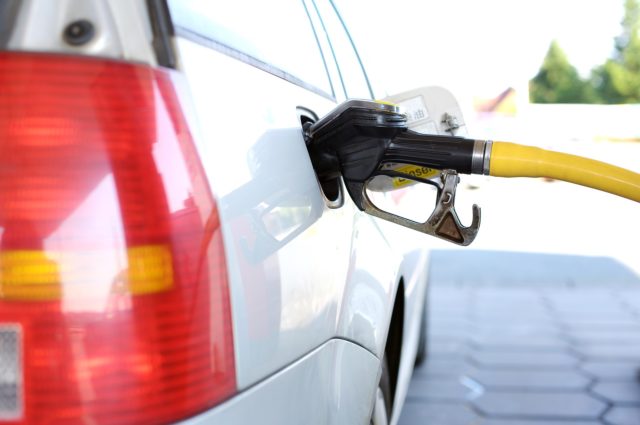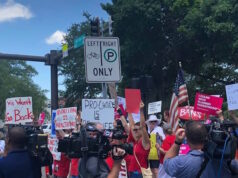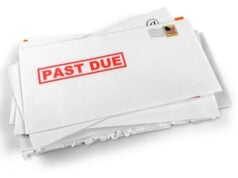
Let’s play a game: Triple-A says gas prices are dropping nationwide. But South Florida still has some of the most expensive gas in the state. How long will it take for YOUR neighborhood stations to start dropping prices “back to normal”? Or will they keep their prices high, even though wholesale prices are heading down? Are they just making up for lost profits for the time they were closed or out of gas from the storm?
From AAA — Gas prices are on a steep slide after reaching 3-year highs due to Hurricanes Harvey and Irma. Prices surged when Harvey struck refineries along the nation’s gulf coast. Then remained elevated as demand spiked in the southeastern U.S. following Hurricane Irma. Now supply and demand levels are returning to normal, and prices are on the decline.
“If it weren’t for the recent hurricanes, gas prices would be about 25 cents lower,” said Mark Jenkins, spokesman, AAA – The Auto Club Group. “Since gas prices decline much slower than they rise, it could take a few weeks before they reach equilibrium. Gas prices in the southeastern U.S. should drop another 5-10 cents this week.”
The average price in Florida has declined for the last 10 consecutive days for a total of 5 cents, since peaking at $2.73 on September 14. Gas prices in Florida averaged $2.67 on Sunday. The state average is 4 cents less than this time last week. Florida motorists are paying 52 cents more for a gallon of gasoline, compared to this time last year.
The most expensive gas price averages in Florida are in West Palm Beach-Boca Raton ($2.76), Miami ($2.73), and Fort Lauderdale ($2.71)
The least expensive gas price averages in Florida are in Pensacola ($2.60), Tallahassee ($2.60), and Tampa-St. Petersburg-Clearwater ($2.63)












